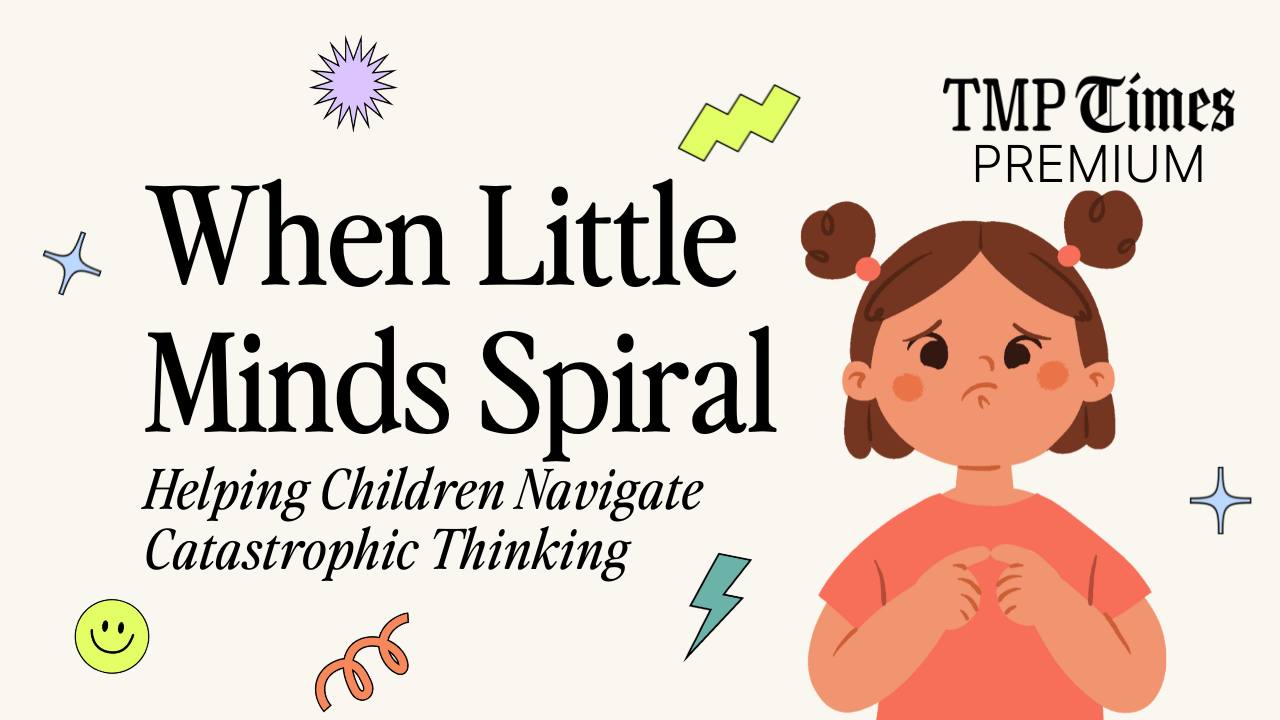Aggression: My top 3 best-kept secrets for parents of 2-7 year olds


Picture this: It's a typical Tuesday evening, and Jamie is in the kitchen, preparing dinner while her three kids play nearby.
Suddenly, her 5-year-old daughter Emily shouts, "You stupid a**!" at her 8-year-old brother.
Jamie freezes, feeling a mix of shock, embarrassment, and utter defeat wash over her.
She's tried everything to curb Emily's aggressive outbursts - from time-outs to reward charts to stern talks.
Nothing seems to work.
As she watches Emily's brother recoil and her 2-year-old's eyes widen at the commotion, Jamie feels completely lost.
Should she send Emily to her room?
Take away her screen time?
Ignore it and hope it goes away?
In that moment, Jamie makes a decision. Instead of immediately punishing Emily or brushing off the incident, she takes a deep breath and says, "Wow, I'm noticing something's off between you two. I saw your brother playing, and it looks like that made you frustrated. It seems like you're upset, but that's not how we talk to each other. Can you tell me what's going on?"
To Jamie’s surprise, Emily's anger deflates a bit.
She mumbles, "He always gets to choose the game, and I wanted to play something else."
This moment of connection, instead of correction, opens the door for Jamie to guide Emily towards better communication and problem-solving skills. It's not a magic fix, but it's a start - a glimpse of hope in what felt like an impossible situation.
If you're dealing with aggression in your little one, you're not alone.
Today, I'm sharing my proven strategies for handling aggression in children ages 2-7, starting with the most crucial secret that transformed Jamie's approach.

3 Secrets for Ending Aggressive Behaviors
Secret #1: Avoid Overcorrecting During Emotional Episodes
When your child is in the midst of an aggressive outburst, it's tempting to jump in with corrections or demands for calm.
But here's the thing - children who are dysregulated can't process our well-intentioned lessons.
Their emotional brain has taken over, and they're not in a place to learn or reason.
Instead, focus on de-escalation.
Your presence and calm energy can be incredibly powerful in these moments.

Here are some age-appropriate scripts you can use:
For ages 2-4:
- "I'm right here when you're ready for a hug."
- "Let's take some deep breaths together."
- "Can you show me how big your feelings are with your arms?"
For ages 5-7:
- "I can see you're really upset. I'm here to help when you're ready."
- "It looks like you're having some big feelings. Would you like to draw them or tell me about them?"
- "I wonder if your body needs to move to get these feelings out. Want to do some jumping jacks with me?"
Remember, the goal is to model and gently encourage calm behavior.
Rather than say, "Take a deep breath!", you can try saying, "I'm going to take a deep breath to calm myself down."
If they join you, great. If they don't, no worries.
This shows your child how to regulate their emotions without putting pressure on them to do so immediately.
At the end of the day, this is their process to control.
Your job is to maintain safety, not control their emotional process.
---
What's Next: Transforming Big Feelings
We've explored how to stay calm during emotional storms - but that's just the beginning.
Up next, we'll dive into:
-
The proven technique that channels aggressive energy into positive expression
-
A powerful after-episode routine that prevents future outbursts
-
Age-specific scripts for your toughest moments
-
Expert answers to your most pressing questions
Ready to continue? Premium members can keep reading below to access the complete guide, action plan, and downloadable resources.
[🔓 Not a premium member yet? Start your free 7-day trial now. ⤵]




